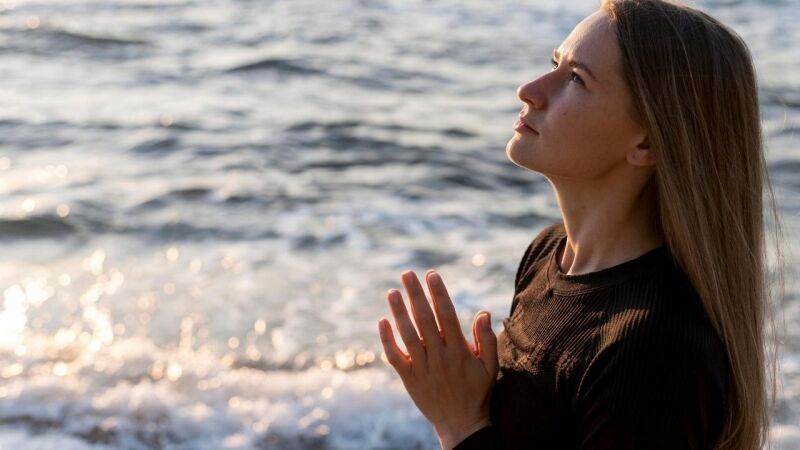True happiness isn’t found in achievement, control, or the constant pursuit of more. It isn’t in checking off goals, accumulating possessions, or shaping life exactly as we think it should be.
Real joy emerges from something quieter, deeper, a steady, unshakable peace that exists beneath all circumstances. This peace is always present, even when life feels chaotic, uncertain, or painful.
It arises when we stop striving, when we allow ourselves to simply be, and when we meet each moment with curiosity, compassion, and presence. Happiness, then, is less about doing and more about awakening to what already is.

Peace Is the Highest Form of Happiness
There’s a quiet truth I keep rediscovering:Peace is the highest form of happiness.
Not the fleeting happiness that arrives when life cooperates but the kind that doesn’t depend on anything going your way.
And yet, I forget this all the time.
I get caught in work projects, parenting, relationships, and ideas about what “should” happen next. My mind starts chasing small bursts of satisfaction: the email answered, the praise received, the next milestone reached.
Beneath it all, there’s restlessness, a sense that happiness is out there, waiting for me to catch it.
But the moments I feel truly alive truly well are the moments when I stop chasing altogether.
The Happiness Trap
Years ago, while living as a Buddhist monk, I sat one evening on a flat stone beside a small pond in the Thai forest.
The jungle pulsed with life frogs, crickets, and the soft hum of mosquitoes. My mind, however, was anything but peaceful. My knees ached. My thoughts wrestled like restless children in the back seat.
I wanted to escape discomfort. I wanted peace.But the harder I tried to find it, the more agitated I became.
And then, something unexpected happened I gave up.
I stopped trying to fix the moment.I let the sounds, aches, and thoughts be exactly as they were.
And in that surrender, something profound shifted:The suffering dissolved.
Not because I “achieved” peace, but because I stopped resisting life.
That stillness that quiet, effortless okayness was unlike any success or pleasure I’d ever known.
It wasn’t joy in the usual sense. It was deeper, quieter, and unshakable.
It was peace.
The Difference Between Happiness and Peace
Most of what we call happiness depends on getting what we want — or avoiding what we don’t.Peace doesn’t depend on either.
Happiness | Peace |
Comes and goes with conditions | Steady beneath all conditions |
Says, “I’ll feel good when…” | Whispers, “I’m okay now.” |
Needs reasons | Simply is |
Can be lost | Can only be forgotten |
Happiness flutters when life aligns with our preferences.Peace endures — through both sunshine and storm.
That’s why the highest happiness is peace: because it’s not fragile. It doesn’t break when life refuses to bend.
Peace Is Not Passivity
Peace is often misunderstood as passive or overly accommodating as if being calm means never saying no or standing firm.
But peace isn’t a doormat.True peace has spine.
It’s the stillness that lets us respond wisely rather than react blindly.It’s what allows us to say “no” without hatred, or “yes” without fear.
Peace doesn’t collapse; it clarifies.
When my daughter is upset, peace helps me stay grounded enough to listen rather than lecture.When my mind spirals into self-criticism, peace reminds me that I’m not my thoughts.When I’m tempted to overextend for approval, peace helps me pause — and choose alignment instead.
Peace isn’t withdrawal. It’s engagement from a steadier center.
A Simple Practice to Return to Peace
If you want to taste this kind of peace today, try this short practice:
- Pause. Take a slow, intentional breath.
- Notice. What’s happening in your body, your thoughts, your surroundings?
- Soften. Let everything be exactly as it is for a few moments. No fixing, no fighting.
- Listen. Beneath it all, can you sense the quiet awareness that’s always been here even amid the noise?
That awareness is peace. It’s been waiting for your attention all along.
Remember
Peace doesn’t mean the absence of storms. It’s the unshakable awareness that remains through them.
May you remember this peace — again and again.